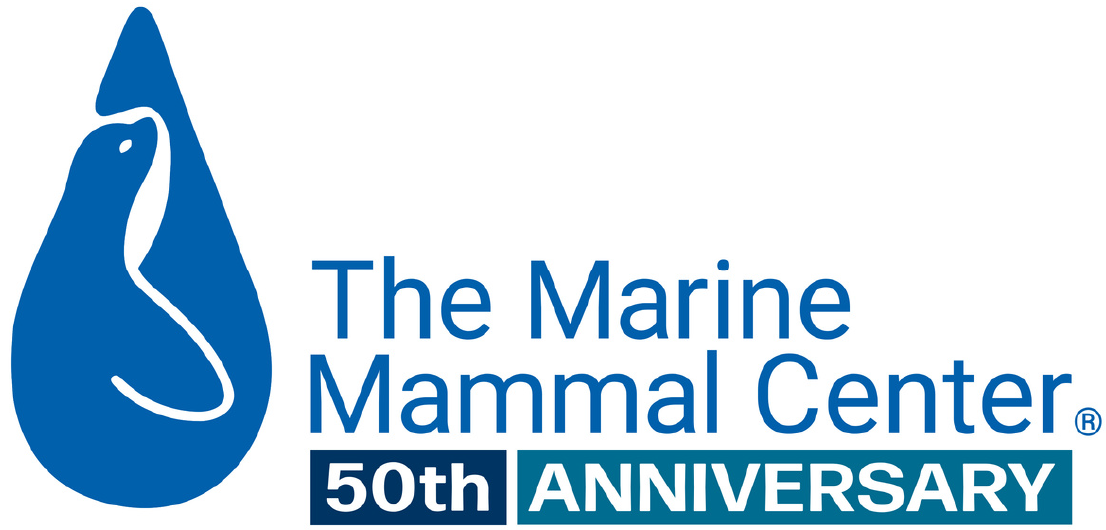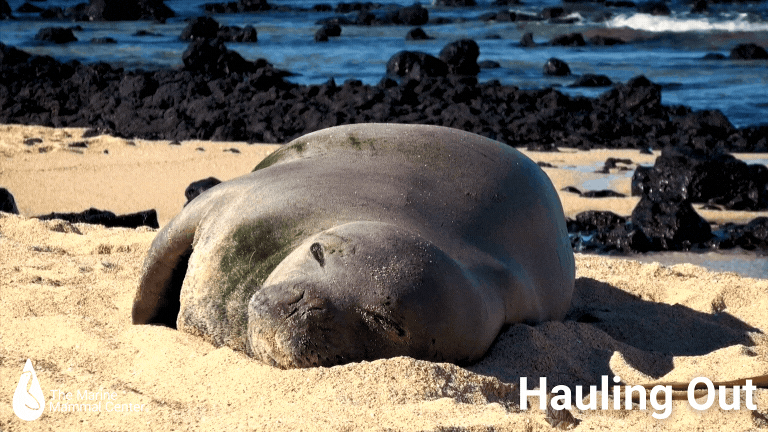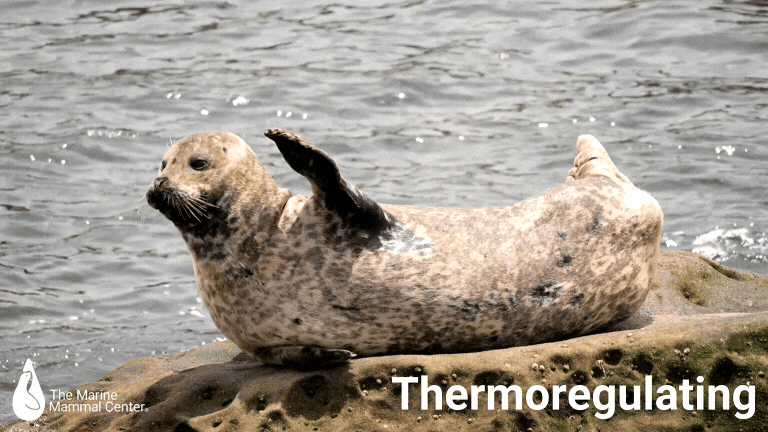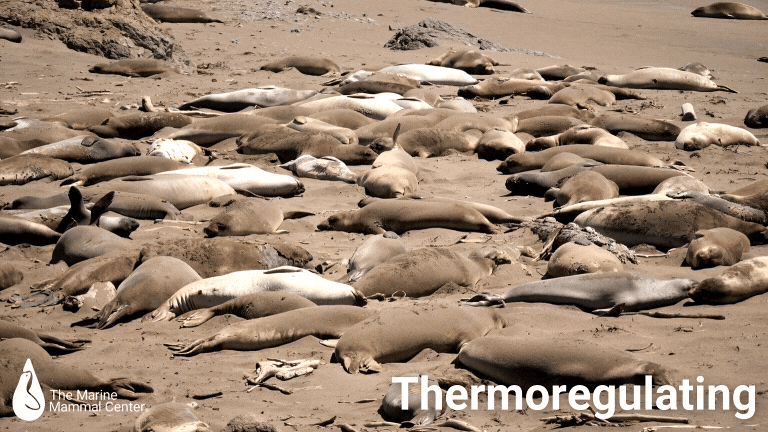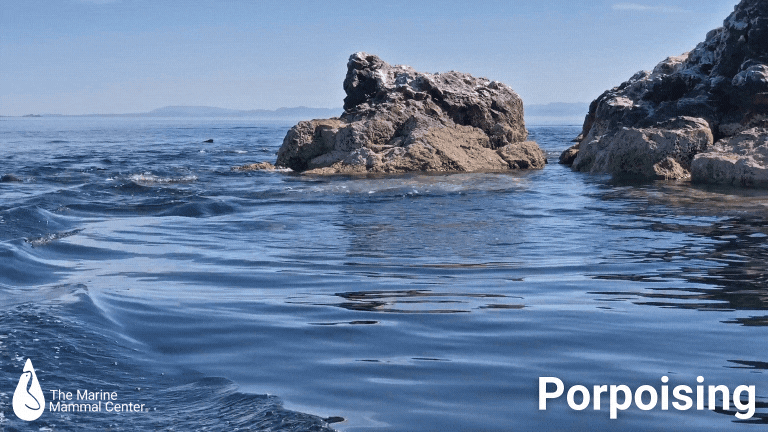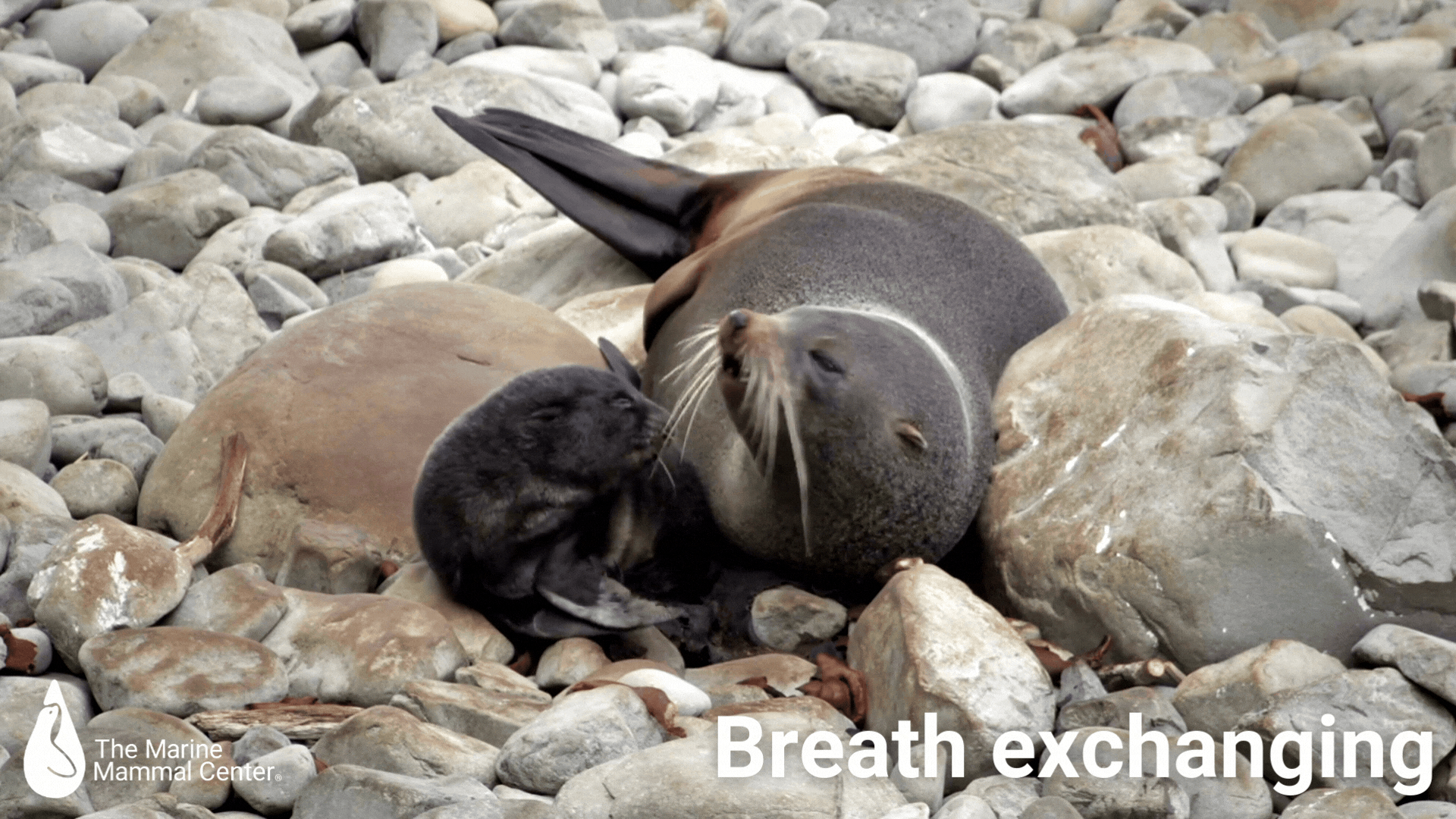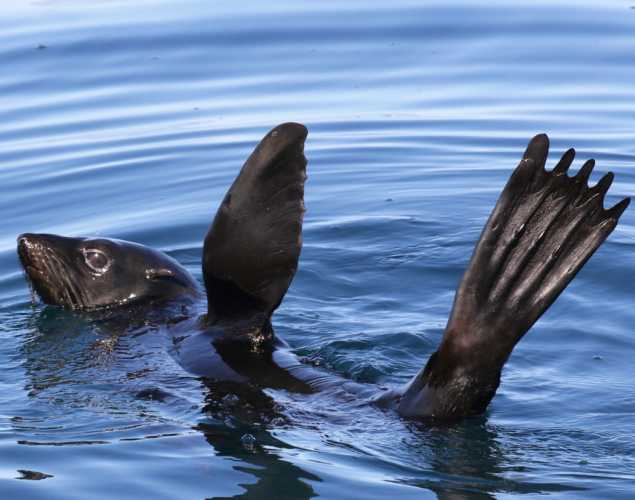
Your Visual Guide to Sea Lion and Seal Behavior
- Behavior
- Natural history
Seals and sea lions are both pinnipeds, which means they have front and rear flippers. While they live in the ocean, these animals are also able to come on land for long periods of time. If you have ever spotted these animals in the wild, you may have witnessed their fascinating behaviors and wondered what seals and sea lions are really doing.
Some behaviors can vary from seals to sea lions and species to species, while other behaviors can be observed in all pinnipeds. From waving their flippers to pushing their noses together, explore this visual guide to identify some unique behaviors of pinnipeds and learn what they mean in a healthy animal.
Plus, discover tips to safely view marine mammals and keep wildlife wild. By giving seals and sea lions space, you are helping them thrive. You’ll also get your best chance to see their incredible natural behaviors!
Read on for your deep dive into sea lion and seal behavior.
Hauling Out
When seals and sea lions are on land, they are hauling out, or temporarily leaving the water. They may haul out between migrations or periods of foraging activity to rest, regulate their body temperature, avoid predators, molt or shed their fur, interact with other animals, mate, give birth and nurse their pups.
Thermoregulating
Blubber is the thick layer of fat in most marine mammals that provides insulation from cold ocean temperatures. In addition to this unique adaptation, seals and sea lions keep warm or cool by thermoregulating, or regulating their own body temperature.
When they raise their flippers, the blood vessels either absorb heat from or release heat to their environment. Seals may thermoregulate on land by lifting their rear or front flippers in the air, a position known as a seal banana pose.
Sea lions and fur seals are sometimes seen floating in the ocean with their flippers raised above the surface, a behavior called rafting. While it can appear that they are waving, this behavior helps the animal control their body temperature.
Another thermoregulating behavior often seen in elephant seals on warm days is flipping cool, wet sand onto their backs. The wet sand cools the animal’s body by contact and evaporation.
Porpoising
While all species of seals and sea lions have adapted pristine agility in the water, there are differences in their flipper size and structure that impact how they move. Sea lions and fur seals have larger front flippers than true seals and use them like powerful oars to swim. They are sometimes seen porpoising, or jumping out of the water, presumably to speed up their swimming. California sea lions are very fast swimmers, reaching speeds of 25 miles per hour!
Galumphing
On land, seals move by flopping along on their bellies, a caterpillar-like motion called galumphing. While this seal behavior may sound slow and awkward, they can move quite quickly when they wish to. In fact, elephant seals can galumph up to six miles an hour in short bursts. Sea lions and fur seals do not galumph but instead bring all four flippers underneath their bodies to walk on them.
Breath Exchanging & Vocalizing
Seals and sea lions get to know each other by bringing their snouts close together and exchanging smells, known as breath exchanging. Immediately after birth, many mothers and pups learn to recognize each other through smells and vocalizations. Pinniped mothers and pups may also use breath exchanging to bond.
Listen to a northern elephant seal mother and pup vocalizing together.
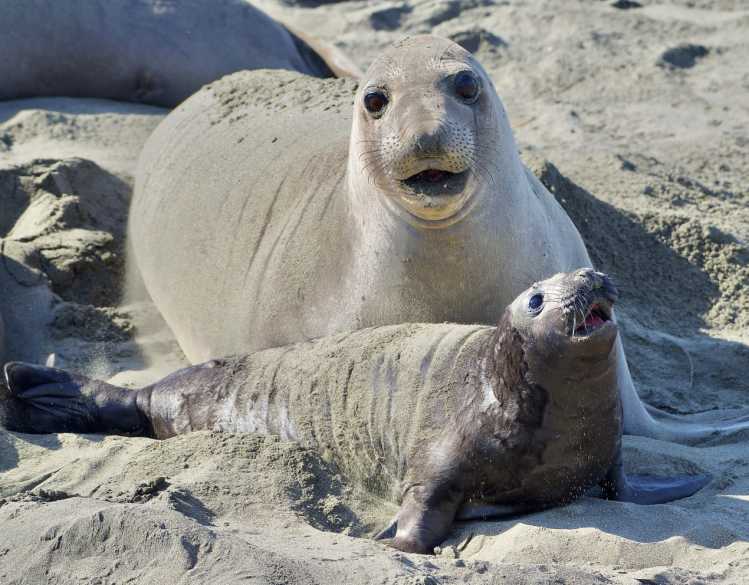
How to View Marine Mammals
Our ocean and beaches are teeming with wildlife, and many sea lion and seal species can be spotted along the coast throughout the year. Watching marine mammals in the wild can be a positive way to promote conservation and respect for animals and our shared ocean. But irresponsible human behavior, even if well-intentioned, can result in serious harm.
Unfortunately, people or dogs getting too close to marine mammals can disrupt their natural behaviors and cause them extreme stress. Approaching a marine mammal, whether it is healthy, sick or injured, can be dangerous to you and cause additional harm to the animal. In the case of a mom and pup, the mother seal can become scared and permanently abandon her pup on the beach.
Wildlife disturbance by people and dogs is sadly one of the most common reasons marine mammals need to be rescued and brought to our hospital. If you see a marine mammal in distress, you can give it the help it needs by calling The Marine Mammal Center’s response hotline. By providing adequate space and keeping pets leashed, you can ensure that seals, sea lions and other animals—as well as your own pets—stay safe and healthy.
Yes, I want to save a life!
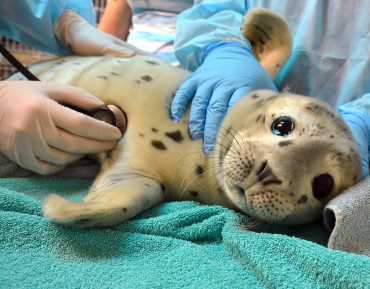
Yes, I want to save a life!
You’ll be giving sick and injured animals the best possible care at the Center’s state-of-the-art hospital. With your gift today, you are giving a patient a second chance at life in the wild.
See Our Latest News
{"image":"\/Animals\/Patients\/Harbor seals\/2020\/cropped-images\/hs-barnwood-by-bill-hunnewell-c-the-marine-mammal-center-315-0-3299-2577-1607370547.jpg","alt":"harbor seal Barnwood","title":"Last-Minute Gift Guide \u2013 Top Gifts that Give Back to Marine Animals","link_url":"https:\/\/www.marinemammalcenter.org\/news\/last-minute-gift-guide","label":"News Update","date":"2025-12-18 01:00:00"}
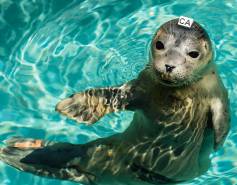
Last-Minute Gift Guide – Top Gifts that Give Back to Marine Animals
December 18, 2025
Read More{"image":"\/Animals\/Patients\/Hawaiian monk seals\/2025\/cropped-images\/b-ru72admission-to-ke-kai-ola112125photo-c-the-marine-mammal-center-noaa-permit-24359-0-364-1270-992-1766095407.jpg","alt":"A newborn Hawaiian monk seal pup with a black coat in rehabilitative care.","title":"Newborn Hawaiian Monk Seal Pup Now Receiving Care","link_url":"https:\/\/www.marinemammalcenter.org\/news\/newborn-hawaiian-monk-seal-pup-now-receiving-care","label":"Patient Update","date":"2025-12-18 01:00:00"}

{"image":"\/Animals\/Patients\/Hawaiian monk seals\/2025\/cropped-images\/d-ru28release-exam-at-ke-kai-ola111025photo-by-giancarlo-rulli-c-the-marine-mammal-center-noaa-permit-24359-0-0-1270-992-1764620886.jpg","alt":"","title":"Bird Flu Vaccine Trial Offers Hope for Protecting Hawaiian Monk Seals","link_url":"https:\/\/www.marinemammalcenter.org\/news\/bird-flu-vaccine-trial-may-offer-hope-for-protecting-hawaiian-monk-seals","label":"News Update","date":"2025-12-01 08:13:00"}

Bird Flu Vaccine Trial Offers Hope for Protecting Hawaiian Monk Seals
December 1, 2025
Read More{"image":"\/Animals\/Patients\/Hawaiian monk seals\/2021\/hms-pp08-by-sheila-latta-c-the-marine-mammal-center-noaa-permit-18786.jpg","alt":"Hawaiian monk seal","title":"The New York Times: Inside the Bird-Flu Vaccine Trial for Monk Seals","link_url":"https:\/\/www.marinemammalcenter.org\/news\/the-new-york-times-inside-the-bird-flu-vaccine-trial-for-monk-seals","label":"In the News","date":"2025-12-01 01:00:00"}

The New York Times: Inside the Bird-Flu Vaccine Trial for Monk Seals
December 1, 2025
Read More